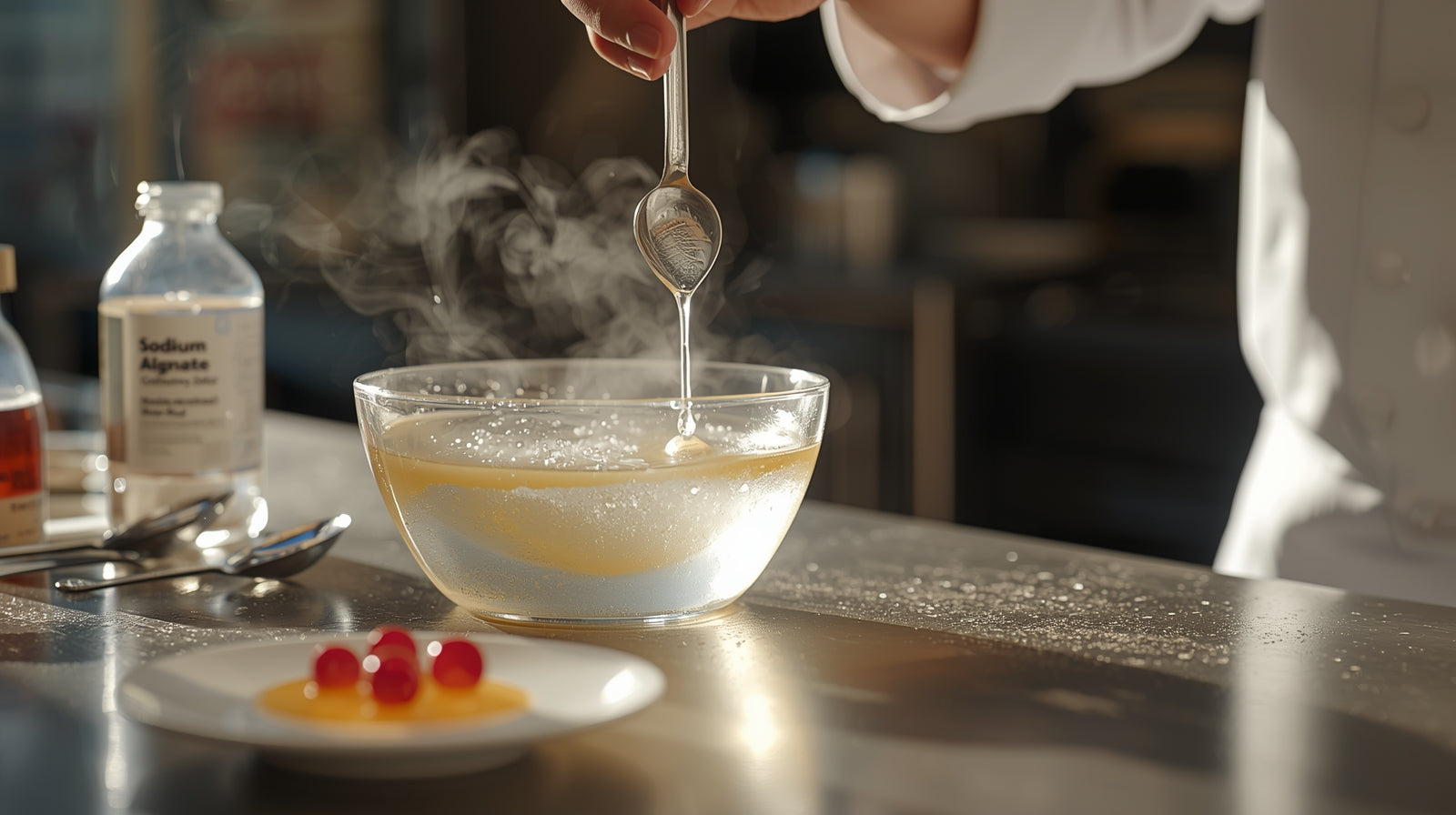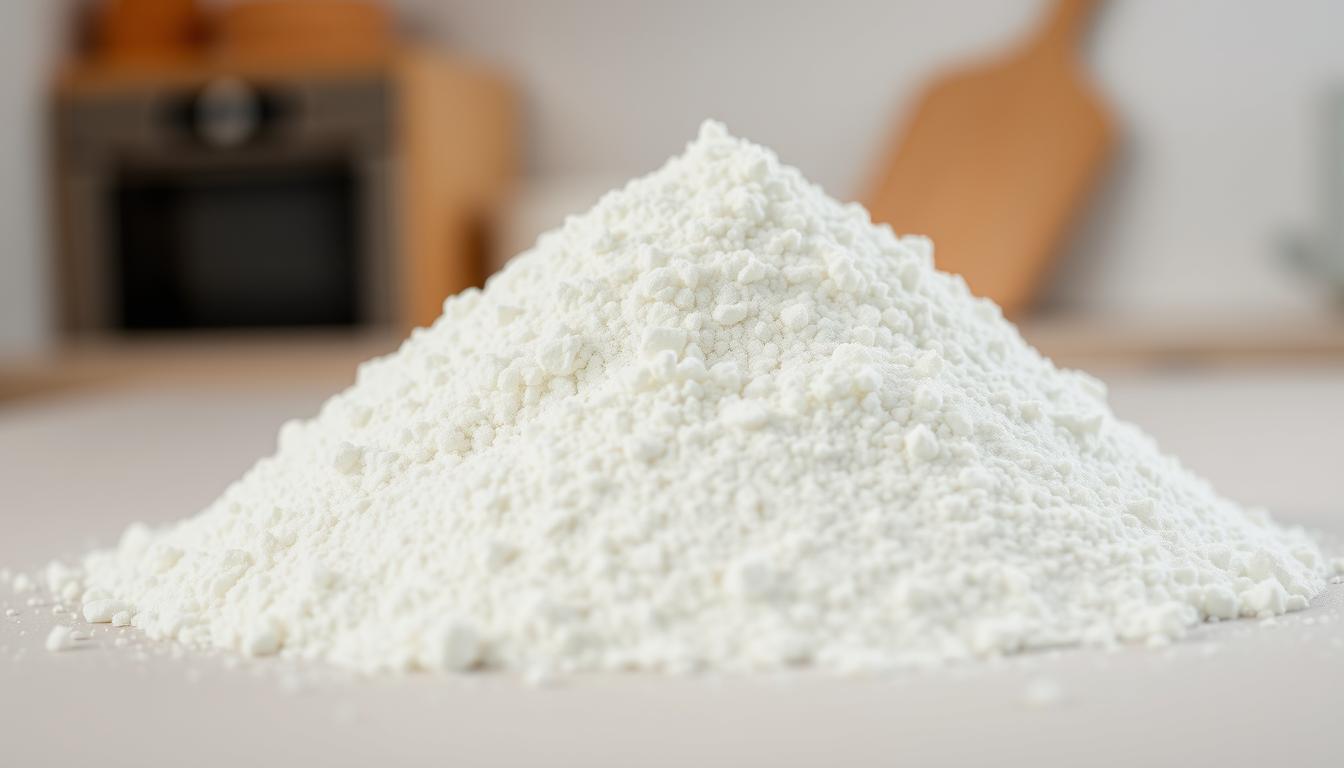Introduction
Tara gum is a natural plant-based hydrocolloid derived from the seeds of the tara tree (Caesalpinia spinosa), native to Peru and other South American regions. Used for centuries in local foods, it has now become a staple in the global food industry for its thickening, stabilizing, and texturizing properties. Tara gum is especially valued as a clean-label alternative to synthetic additives, making it a favorite among health-conscious brands and chefs.
Quick Answers About Tara Gum
Is tara gum the same as locust bean gum?
No. Both are galactomannans, but tara gum has a higher galactose content, which gives it different viscosity and synergy properties compared to locust bean gum.
Is tara gum safe to eat?
Yes. Tara gum is approved as a food additive in the U.S., EU, and many other regions, and is considered safe when used at recommended levels.
How much tara gum should I use?
Typical usage is 0.1–0.5% of total recipe weight. Even small amounts are effective in thickening and stabilizing foods.
Is tara gum vegan and gluten-free?
Yes. Tara gum is plant-derived and naturally gluten-free, making it suitable for vegan and allergen-free diets.
What foods commonly use tara gum?
Dairy products, sauces, bakery goods, and gluten-free formulations often contain tara gum for texture and stability.
Does tara gum work well with other gums?
Yes. It shows strong synergy with carrageenan, xanthan gum, and locust bean gum, improving gel texture and mouthfeel.
What is Tara Gum?
Tara gum is a galactomannan, similar in structure to guar gum and locust bean gum. It is obtained by milling the endosperm of tara seeds into a fine, off-white powder. Functionally, it acts as a thickener and stabilizer in food formulations, especially when combined with other gums or hydrocolloids. Tara gum is effective at low concentrations, providing viscosity and improved texture without altering taste.
How is Tara Gum Made?
- Harvesting: Pods from the tara tree are collected after maturation.
- Seed Processing: Seeds are separated from the pod and split to isolate the endosperm.
- Milling: The endosperm is ground into a fine powder to produce tara gum.
- Quality Control: Powder is tested for purity, viscosity, and microbial safety before packaging.
Culinary Uses of Tara Gum
- Dairy Products: Improves creaminess and prevents whey separation in yogurt, ice cream, and cheese.
- Baked Goods: Enhances moisture retention and prolongs shelf life.
- Sauces & Dressings: Provides smooth texture and stable emulsions.
- Gluten-Free Baking: Adds elasticity and structure to doughs and batters.
- Frozen Desserts: Prevents ice crystal formation for smoother textures.
Benefits & Functional Properties
- Clean-label and plant-based alternative to synthetic stabilizers.
- Effective at low concentrations for thickening and stabilizing.
- Works synergistically with carrageenan, xanthan gum, and other hydrocolloids.
- Improves freeze–thaw stability in frozen foods.
- Neutral flavor profile that does not interfere with food taste.
Where to Buy Tara Gum
Cape Crystal Brands offers premium-quality tara gum for chefs, bakers, and food scientists.
👉 Shop Tara Gum Now
Frequently Asked Questions
Is tara gum the same as locust bean gum?
No. While both are galactomannans, tara gum has a higher galactose content, which gives it different viscosity and synergy properties.
Is tara gum safe to eat?
Yes. Tara gum is considered safe and is approved as a food additive in the U.S., EU, and many other regions.
How much tara gum should I use?
Typical use levels range from 0.1–0.5% of the total recipe weight, depending on the application.
Is tara gum vegan and gluten-free?
Yes. Tara gum is plant-derived and naturally gluten-free.
What foods commonly contain tara gum?
Dairy products, sauces, baked goods, and gluten-free formulations often contain tara gum.
Does tara gum work well with other gums?
Yes. It shows synergy with carrageenan, xanthan gum, and locust bean gum for enhanced texture and stability.





